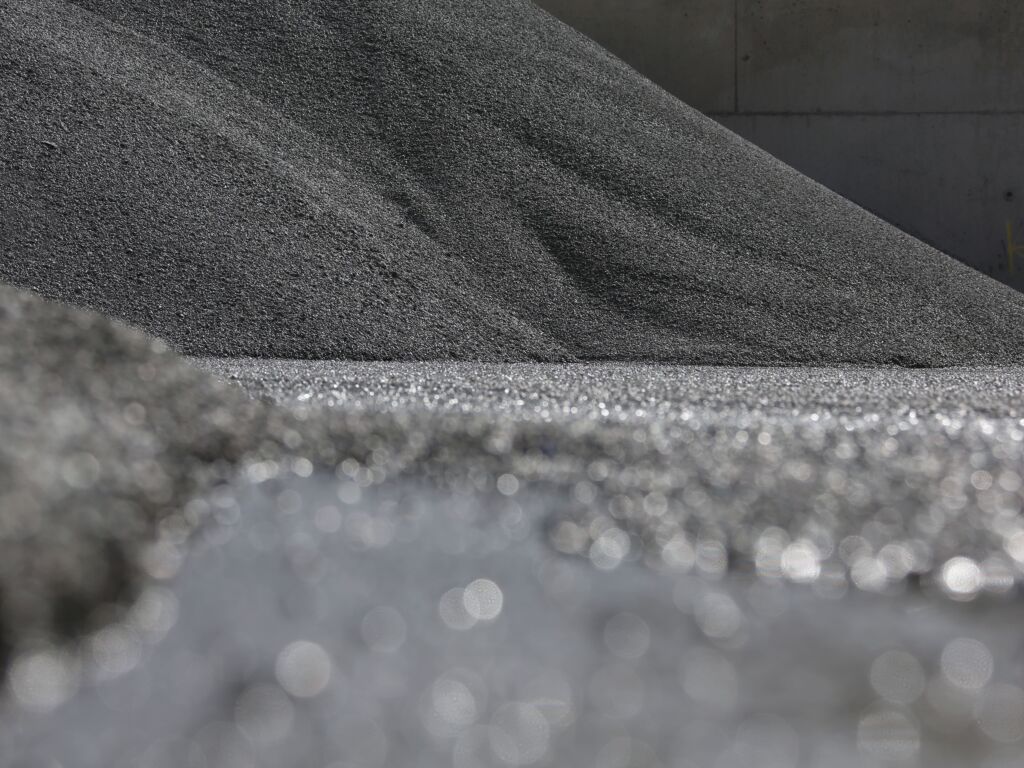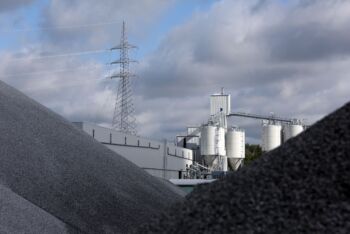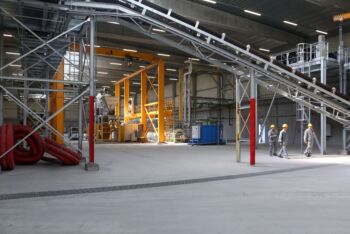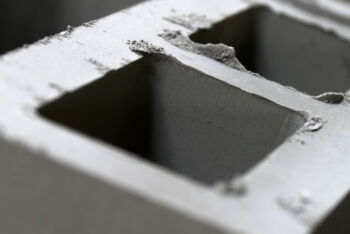Orbix: Orbix turns CO2 into building blocks with the flick of a chemical switch!

- Member
- Orbix Solutions
Add the magic of networking and support for research and development... and you get innovative, structuring projects, both economically and ecologically!
Orbix's strength lies in the complementary nature of its areas of activity : materials for construction and road infrastructure, technologies, with the aim of improving the recovery of waste from the steel industry and innovating to extend the lifespan of raw materials, logistics: transport, storage and transshipment of materials related to the first two activities.
- Ecosystem
-
- Renewable Energy
- Success criteria
-
- Production or business model transformation
- Disruptive innovation
CARMAT, an ambitious project to recover waste from the steel industry
Initiated by Orbix (then still called Recoval), the aim of the "CARMAT" project was to validate and optimize an alternative recovery process for slag, a steel industry waste product.
Orbix processes this slag by crushing and dementalization and recycles the resulting aggregates for use in the construction industry as asphalt or concrete. However, while chippings and sands have their place in these sectors, slag fines are of little use. Orbix has invested in R&D to find a way of recycling these fine particles.
It turned out that they had a particular affinity with CO2, making it possible to create new materials. After a number of laboratory studies, the CARMAT project, initiated by Orbix, aimed to validate the carbonation process on full-size building blocks, in collaboration with UCLouvain, ISSeP, Duferco Wallonie, BBRI, CRR and CTP. The support of the MecaTech cluster has enabled them to invest in research equipment and start up their new activities.
The process culminated in a revolutionary new project, "CO2ncrEAT", and a consortium with Prefer, Fluxys Belgium and Lhoist, designed to recover the CO2 at the same time as the slag. This exemplary approach to circularity and innovation has won them a €4.5 million grant from the European Innovation Fund Small Scale. Orbix, with its Carbstone technology, confirms that it is at the cutting edge of carbonation.
Fluxys, Prefer, Aperam and Orbix: companies working together to produce these CO2 eaters
The CO2 released during lime production at Lhoist is transported through a two-kilometer pipeline by Fluxys to Prefer, where it is injected into the aggregates produced by Orbix, using technology developed by Orbix.
This mixture, molded and heated, produces a masonry block that is just as strong as the conventional concrete blocks used in construction. The Aperam steelworks is part of the loop, as it uses Lhoist's lime and produces the slag used by Orbix.
In this way, each year, 12,000 tons of carbon dioxide will be captured and reused in a sustainable material and 8,000 tons will be saved by using secondary raw materials. The consortium plans to produce 100,000 tons of innovative, "CO2-eating" blocks a year.
The planned investments will help to anchor the four Belgian industrialists locally and establish them as European leaders in the field of large-scale carbon dioxide capture and reuse, pioneers of the negative carbon footprint in the construction sector.


